Blue Orchid Massage
|
Americans love technology! We love it so much that we have multiple names for the Repetitive Strain Injury (RSI) that happens when we use our smartphones, tablets, or other devices too much. The average person spends around 23 hours a week texting, giving our hands, arms and elbows a workout without realizing it.
The muscles and tendons that allow and support the movement of the thumb are very strong but were not designed for the intense repetitive texting that has become a common day occurrence. The cramped position that is required to hold our smart phones causes muscle fatigue, strain and tension. This leads to aches and pain in our thumbs, hands, neck and shoulder muscles.
What It Feels Like:
What You Can Do To Relieve The Pain:
I do love spring time in the Rockies. Time to start prepping and planning for the garden! Here are some tips to help avoid back pain while gardening. 1. While weeding, keep your back straight from the base of your neck all the way down to the end of your spine. If this is difficult, you can wear a back brace for extra help maintaining this posture. 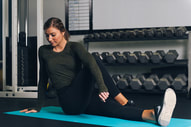 2. Take breaks and do light stretches. Here’s a link to basic stretches from the Mayo Clinic or next time you’re in for a massage, ask for a free stretching sheet. 3. Don’t twist. Turn your entire body towards what you are working on. This includes when you are picking things up. 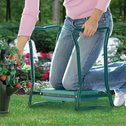 4. If you’ll be spending a lot of time working close to the ground, I suggest picking up a lightweight garden stool to protect your knees and joints. There are many designs out there, so you have plenty of options! Amazon Gardening Stools 5. I know you hear it all the time, but it’s important to BEND FROM YOUR KNEES. When picking anything up, bend at your knees and straighten your back before lifting. 6. Alternate using your right and lefts hands. This balances the workout and helps to prevent repetitive motion injuries. BONUS: Using your 'wrong' hand for simple tasks helps train your self-control. 8. Just as athletes need to cool down after a race, it’s important for you to cool down once you have finished gardening. Stretch and if you’re feeling sore, use heat or ice to relax the muscles.  7. Don’t forget sunscreen. In Colorado there's 25 percent less protection from the sun, sunscreen is a must. Good luck and may your plants grow healthy and fast!
Tension headaches are one of the most common types of headaches. Although some people get tension headaches for no apparent reason, they are usually caused by muscle tension in the neck and shoulders. Tension headaches are not hereditary.
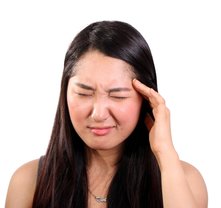
Common causes for tension headaches:
Up to 80% of adults get tension headaches with women being two times more likely to get them as men. If you experience a tension headache daily, you have chronic tension headaches and should consult with your doctor.
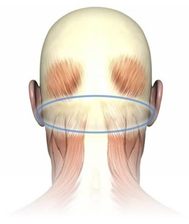
The suboccipital muscles sit at the base of your skull. These four pairs of muscles are responsible for subtle movements between the skull and first and second vertebrae of the neck. Tension in this group of muscles is a common reason for tension headaches.
Tension headaches usually start with a dull pain or tightness in the base of your neck and shoulders. This can then wrap around the head and forehead. It has been described as feeling like a clamp is squeezing the skull.
It's best to treat tension headaches at the first sign when symptoms are still mild. The goal is to stop them from happening and to relieve any pain you're in.
Get Rid Of Tension Headaches Now
Long Term Prevention
If your headaches persist, are daily, or excessively painful, or came on suddenly, we strongly advise you to consult a doctor, without delay. There can be more serious conditions that are causing the headache that require medical attention.
The human body is so complex, with each year we have a better understanding of it's many mysteries. The 21st century has been no different and researchers have made amazing new discoveries about the body! 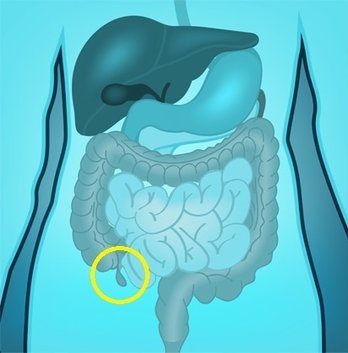 APPENDIX It has long been thought that the appendix was useless, having lost its functions millions of years ago, but according to researchers at Duke University Medical Center, the appendix is very useful for the bacteria in your digestive system. They found that the appendix acts as a “safe house” for good bacteria, allowing you to reboot your gut following a bout of gastrointestinal illness. One of the most convincing pieces of evidence comes from a 2012 study, which found that patients without an appendix were four times more likely to have a recurrence of Clostridium difficile colitis (C.diff) Researchers at Midwestern University gathered data on the presence or absence of the appendix on 533 mammal species over the past 11.244 million years. They found that once the organ appeared, it almost never disappears, leading researchers to reject the hypothesis that the appendix is a vestigial organ (an organ that has lost it’s function over time.) 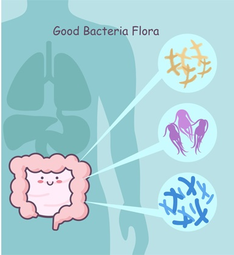 Gut bacteria The microbes in your gut will affect whether you develop gut diseases like infectious colitis or inflammatory bowel disease, but a growing body of research suggests that gut bacteria may influence much more than just digestion. Studies have found that obese people have less diversity in their gut flora and increases or decreases in certain groups of bacteria have been linked to obesity. In 2013, a Washington University study of twins, where one was lean and the other obese, was conducted. When gut bacteria from the twins were introduced to mice, the ones with the obese bacteria put on weight, while the lean bacteria mice stayed lean. One study found that approximately 90% of the body’s serotonin is made in the digestive tract. Cultivated by certain bacteria in the gut, a lack of this peripheral serotonin could affect mental health. Other studies suggest that the health of your gut bacteria may affect brain function, depression, anxiety, cardiovascular disease, osteoporosis and cancer. 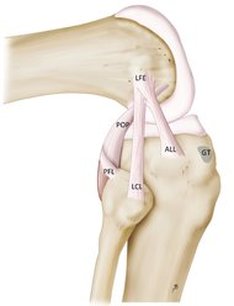 New Knee ligament In 2013 two knee surgeons in Belgium announced they had found a new ligament in the knee. Positioned at the front portion on the outside of the knee, they named it the anterolateral ligament (ALL). While some surgeons had noted that a ligament seemed to exist there, no one named or systematically studied it. In 1879, French surgeon Paul Segoned first observed that in addition to the four structural knee ligaments, other ligaments must exist or the knee would not be stable. During dissection he noticed a “pearly, resistant fibrous band” originating on the outside, front part of the thighbone and continuing to the shinbone. He believed that this was the stabilizer ligament preventing the knee from collapsing inwards. However, he never named it and its existence was either ignored or forgotten. The presence of this band could help better understand and treat the most common sports injury worldwide - the anterior cruciate ligament (ACL) tear. 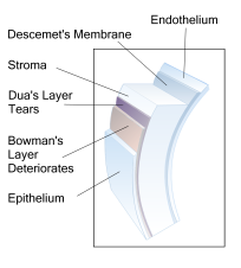 A New Layer in the Eye Professor Harminder Dua discovered a new layer in the human eye. Named the “Dua’s Layer", it is located in the back of the cornea between the corneal stroma and the Descemet’s membrane. Measuring only 15 microns thick, it’s an extremely strong layer that is impervious to air. The discovery means that ophthalmology textbooks will have to be re-written. 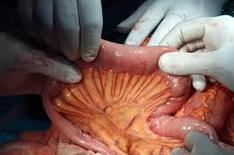 Mesentery Previously thought to consist of fragmented and disparate structures, in 2012 scientists found that it is one continuous organ. Known as the mesentery, it spans the length of the upper small intestine to the end of the large bowel. The mesentery attaches your intestine to the wall of your abdomen, keeping everything in place. Leonardo da Vinci first depicted it as one continuous organ and it remained that way until 1885, when Sir Frederick Treves presented findings stating that the mesentery was fragmented among the small and large intestine. While its specific function is still unknown, recognizing it as it’s own organ could lead to new discoveries about its role in abdominal diseases.
There are three main types of TOS, named according to the cause of the symptoms; however because TOS is not well understood, there is still much controversy among physicians over these classifications. Vascular - Rare and usually involves compression of the subclavian artery or vein. Neurogenic - Involves compression of the brachial plexus. The majority of TOS cases are neurogenic. Nonspecific-type - Involves unexplained pain in the cervical region, scapular region, and arm. Symptoms typically begin after a traumatic event. What Causes TOS
Signs and Symptoms Depending on which structures are compressed, symptoms can vary.
What You Can Do To Relieve The Pain
When To See A Doctor
See your doctor if you are consistently experiencing any of the signs and symptoms of thoracic outlet syndrome. |
Heather McNay
I've been a Licensed Massage Therapist since 2006. In my free time I enjoy hiking with my husband and dog. I also have a passion for cooking, baking and gardening. Archives
August 2022
Categories |
Proudly powered by Weebly


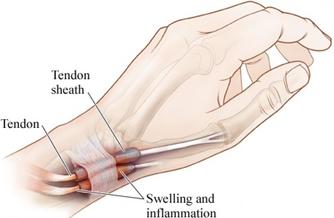


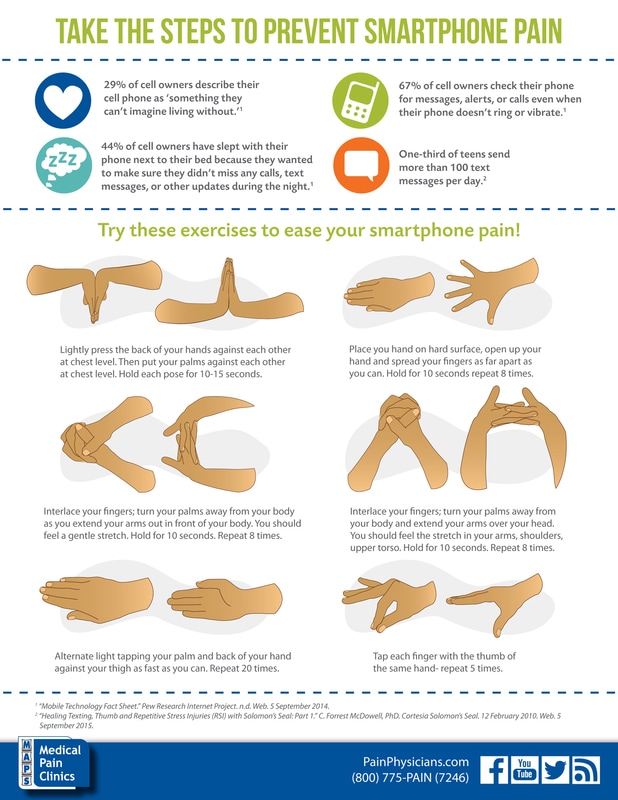
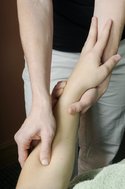

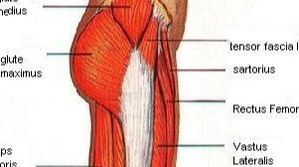
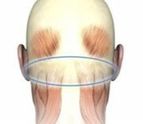

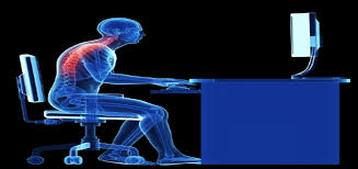

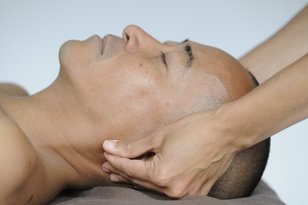
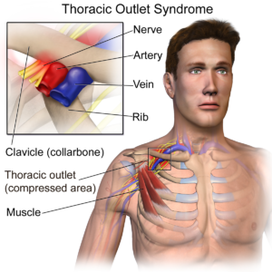
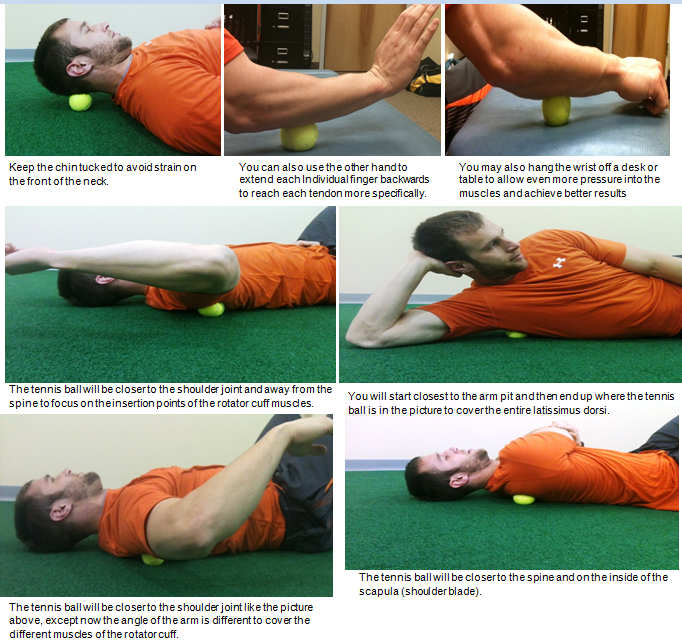
 RSS Feed
RSS Feed